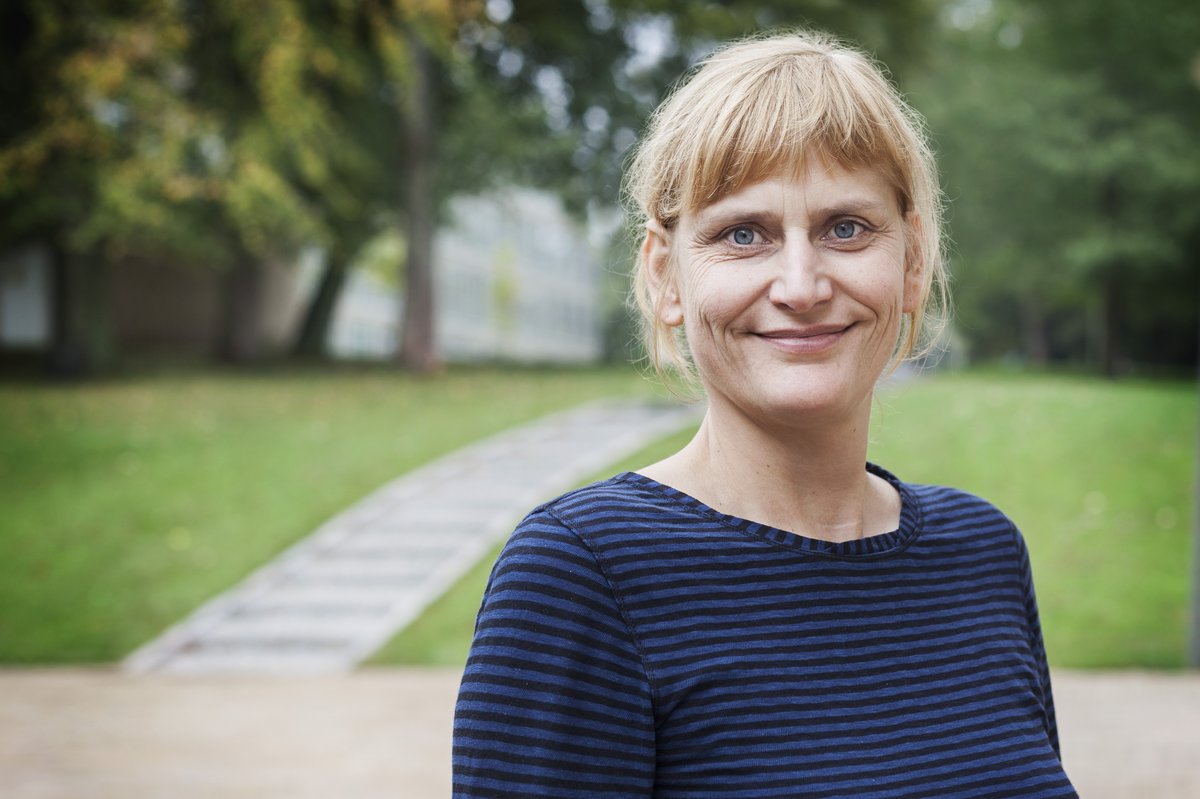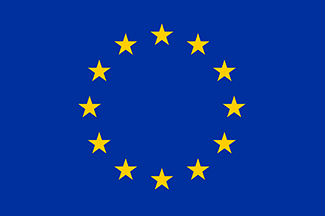
This research project aims on revealing the eco-physiology and the environmental significance of anaerobic nitrate respiration by diatoms, eukaryotic microorganisms that are highly abundant in the oceans. Nitrate respiration by microbial eukaryotes is severely understudied and until recently only foraminifera, gromiida, and fungi were known to respire nitrate when oxygen is absent. The discovery that also the most important phototrophic group of microbial eukaryotes, the diatoms, have an anaerobic nitrate metabolism came absolutely unexpected. First, it was proved that the benthic diatom Amphora coffeaeformis uses intracellularly stored nitrate for Dissimilatory Nitrate Reduction to Ammonium (DNRA). Meanwhile, DNRA was also discovered in the ubiquitous pelagic diatom Thalassiosira weissflogii. These are the so far only records of nitrate respiration by phototrophic eukaryotes, and T. weissflogii is the first marine pelagic eukaryote shown to have an anaerobic nitrate metabolism. It is still unclear whether these species represent isolated cases or the tip of the iceberg.
The main objectives of this research project are therefore (A) to screen for more diatoms that respire nitrate in oxygen-depleted marine (micro)habitats, (B) to identify the functional genes involved in eukaryotic nitrate respiration, and (C) to evaluate the impact of this so far overlooked scenario on the marine nitrogen cycle. Eco-physiological experiments with nitrate-storing diatom isolates will be combined with modern molecular approaches and field studies to arrive at a comprehensive understanding of anaerobic nitrate respiration by diatoms. Diatoms might be of much greater importance for the marine nitrogen cycle than expected, especially in the light of the spreading anoxic and hypoxic zones of our oceans.
Project title:
Diatoms in Darkness and Anoxia
Area of research:
Science and Technology
Fellowship period:
1 Oct 2014 – 30 Sep 2017
Fellowship type:
AIAS-COFUND Marie Skłodowska-Curie fellow

This fellowship has received funding from the European Union’s Seventh Framework Programme for research, technological development and demonstration under the Marie Skłodowska-Curie grant agreement No 609033 and The Aarhus University Research Foundation.
